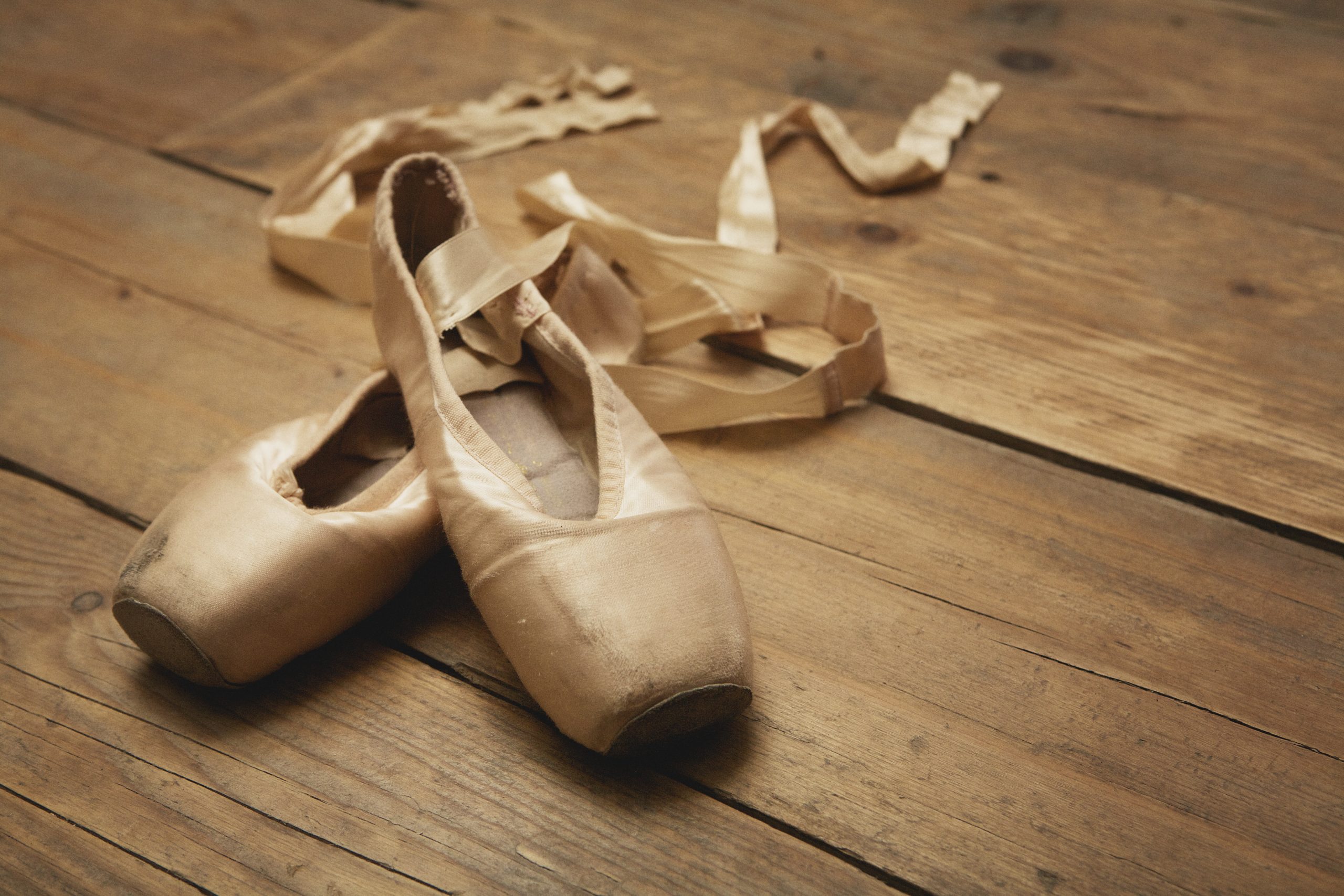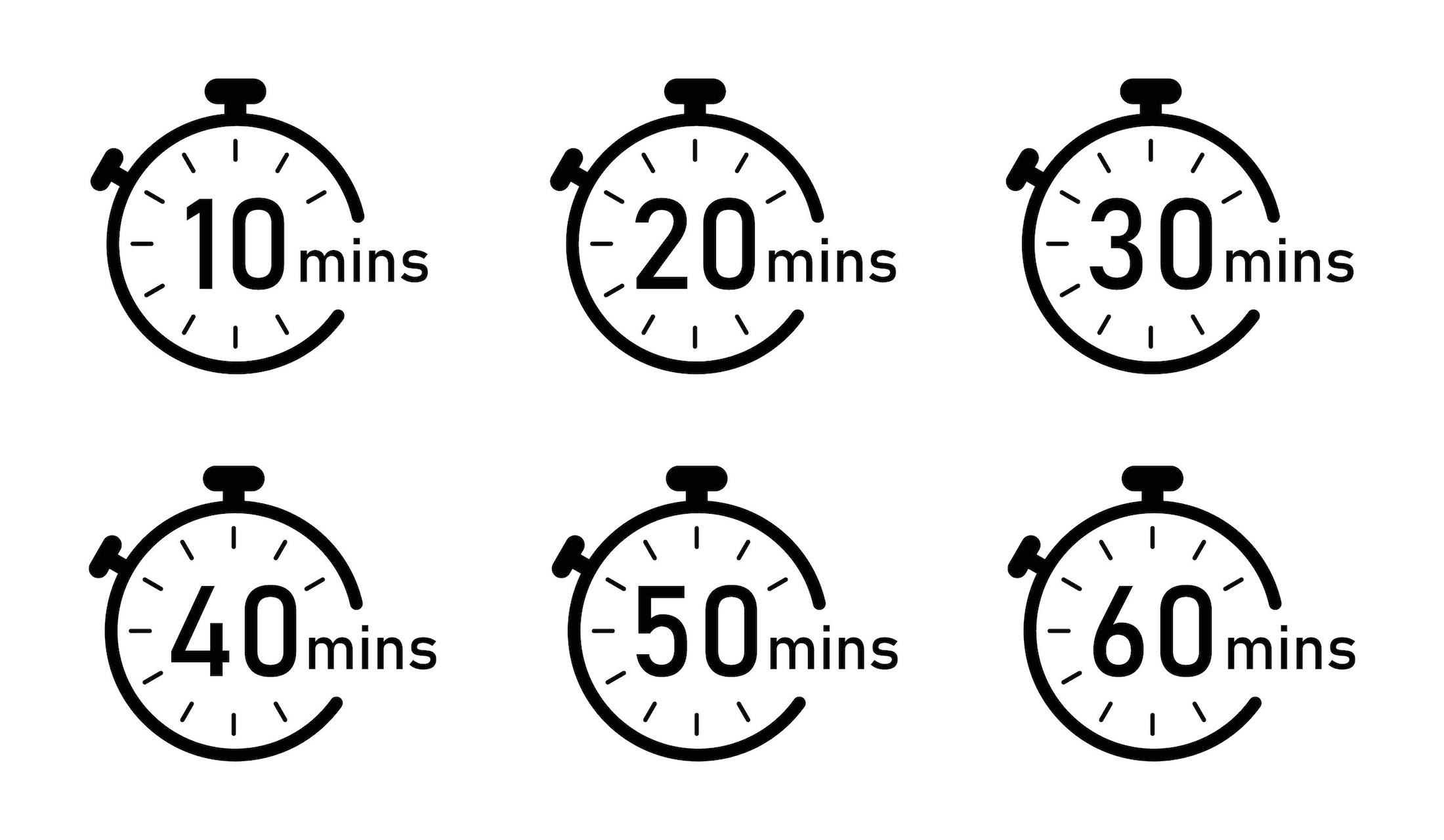The announcement by Buckingham Palace that young Prince George would be taking ballet in the fall recently rekindled public interest in classical dance. Thousands rushed to defend the young Prince after ABC’s Lara Spenser’s seeming dismissiveness on Good Morning America. That revelation reminded me of a few other unlikely participants at the barre: Muhammad Ali for one, or the 320-pound Pittsburgh Steelers American football player Steve McLendon, who said “ballet helped me with focus and balance on the field.”
But dance has more to offer than boosting NFL scores; it can do the same for your presentation skills if you watch carefully. After all, whether you’re performing pirouettes or presenting a Powerpoint, you’re in front of an audience; getting and holding their attention comes from you, your body language, your eye contact, and your rhythm even more than it does from the words you utter.
Here’s my shortlist of six things ballet can teach us about improving our presentation skills.
1. Focus. Have you ever notice how you’re drawn to someone
who demonstrates laser-like focus? That’s the power of focus: it draws us in. In the case of ballet, the dancer is focused on executing a series of steps that might go one for ten straight minutes, combining not just a sequence of movements, but complex variations within each set of gestures. Three pirouettes instead of one; not just a simple jump, but one with complicated beats. How could our attention wander? It’s that same level of interest, energy, and involvement you need to attain in giving a presentation to draw in your own audience. Be present.
2. Practice. Dance is all about effortless grace, true. But each fluid gesture results from countless hours of repetition. Practice really does make perfect. Likewise, no matter how well you know your subject matter, you’ll sound stilted if you haven’t taken the time to appropriate the presentation itself. Never forget that, like dance, presenting is an embodied experience, so it comes most naturally when you have reflexes built up over many iterations. Always practice before you go in front of your public.
3. Share the stage. Even in a solo performance, the dancer acknowledges the other dancers and thanks the orchestra at the end of a show. They share the limelight. You should, too. Leave room in your presentation to give credit to other people and teams, whether they’re sitting in the audience or not. You may be the focus of the presentation, but it’s not all about you. Be gracious, be generous, these are the hallmarks of a leader.
4. Balance and rhythm. Dancers have to pay attention to the music and apportion their weight. They cannot lean too far without jeopardizing their balance. Errors in timing and direction can affect the whole choreography. In the same vein, your presentation shouldn’t be heavily weighted toward one topic at the expense of another, or rely on one method of communication overmuch. Too many videos, too many words on a Powerpoint slide, for example, will throw you off-balance and ruin the rhythm of your presentation… with the risk that you will fall flat on your face.
5. Embrace the audience. Dancers reach out to the audience with open arms. Their heads turn to acknowledge spectators. They move across the stage. These actions are inclusive, a way of bringing the audience into their magical realm and ensuring the performance is shared with everyone in the room. When you present, you want your audience to experience this pull: make them part of your world, include everyone in your presentation. You can’t do that if your back is turned to address a Powerpoint on the screen behind you or if you cling to a podium for the entire time you’re on stage. Keeping an eye on your audience also gives you the opportunity to change tactics in case you see their attention drifting.
6. Keep on dancing. A dancer may lose his hat; he may have to deal with a piece of scenery that isn’t cooperating. He may fall down on stage. But dancers get up and keep going until the music ends. They focus on what’s coming next. The audience applauds this professionalism as much as their physical prowess. So if your presentation stumbles on a faulty piece of technology or your notes fall on the floor, take it in stride. And always keep going until the “music” stops.
It’s also important to know when to get off the stage. Respect your allotted time slot, the time constraints of the audience, the length of time your topic really requires. Don’t overstay your welcome.
Think of the Q&A following your presentation as a kind of success rating. If you’ve engaged the audience chances are they will want to ask you a lot of questions. It’s the businessperson’s version of applause.
And then there’s the impact ballet can have overall on leadership.
Remember, it was the man considered France’s greatest monarch who started it all: Louis XIV, whose sobriquet “The Sun King” actually derived from his grand ballet role at court… as the sun-god Apollo.
Click here to see all Adrian Dearnell’s Forbes contributions





